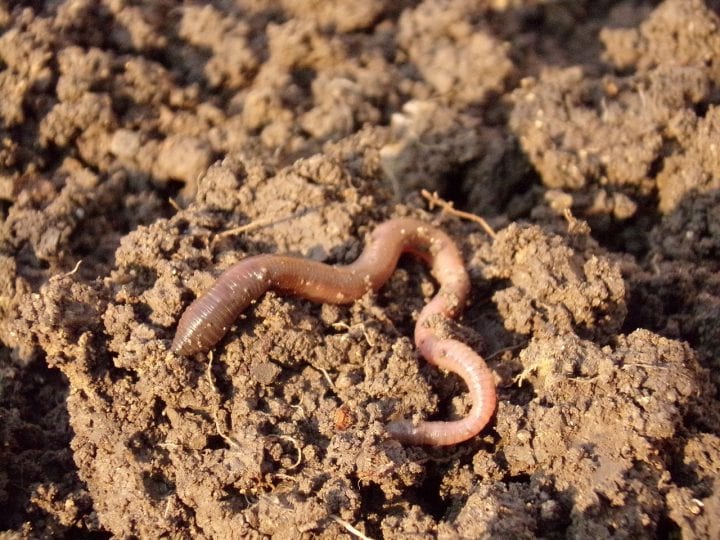The soft robot from the Istituto Italiano di Tecnologia mimics the motion created by worms’ longitudinal and circular muscles.
Benefits
- Improves performance
- Autonomous
Applications
- Underground exploration
- Construction
The Challenge
While soft robots have previously been created to imitate earthworms’ movement based on a wave of circular and lengthwise muscle contractions (called peristaltic motion), the designs used components that had to be switched between two configurations. They either produced longitudinal or radial forces, but not both together. Furthermore, previous designs generated force only during actuation and were passive at other times.
Innovation Details
The soft robot incorporates multiple, bi-directional peristaltic soft actuators (PSA) that link together to form a network of segments. Each segment is filled with an incompressible fluid that, when under positive pressure, causes the PSA to elongate while compressing radially (the segment stretches out while becoming thinner). When under negative pressure, the PSA contracts longitudinally, pushing the fluid radially outward (the segment grows fatter while becoming shorter). Adding friction pads to the bottom of each segment increases grip, and alternating pressure within segments in a coordinated manner causes the robot to move forward at speeds of up to 1.35 mm/s.
A peristaltic soft actuator expands and contracts:
Connected together, the PSA’s move similar to an earthworm:
Biological Model
A common earthworm has hundreds of segments with circular and longitudinal muscles that work independently. Inside each segment, incompressible fluid holds the segment’s shape and prevents damage as the worm burrows in high-pressure environments. As an earthworm wriggles forward, contracting circular muscles make the segments thinner and longer, allowing the worm to reach forward. Contracting longitudinal muscles make the segments shorter and fatter, which pulls the back of the body forward. Coordinating these movements throughout the worm’s segments and using its setae—short stiff hairs that provide anchors—creates a wave-like, peristaltic motion that propels the invertebrate forward.

